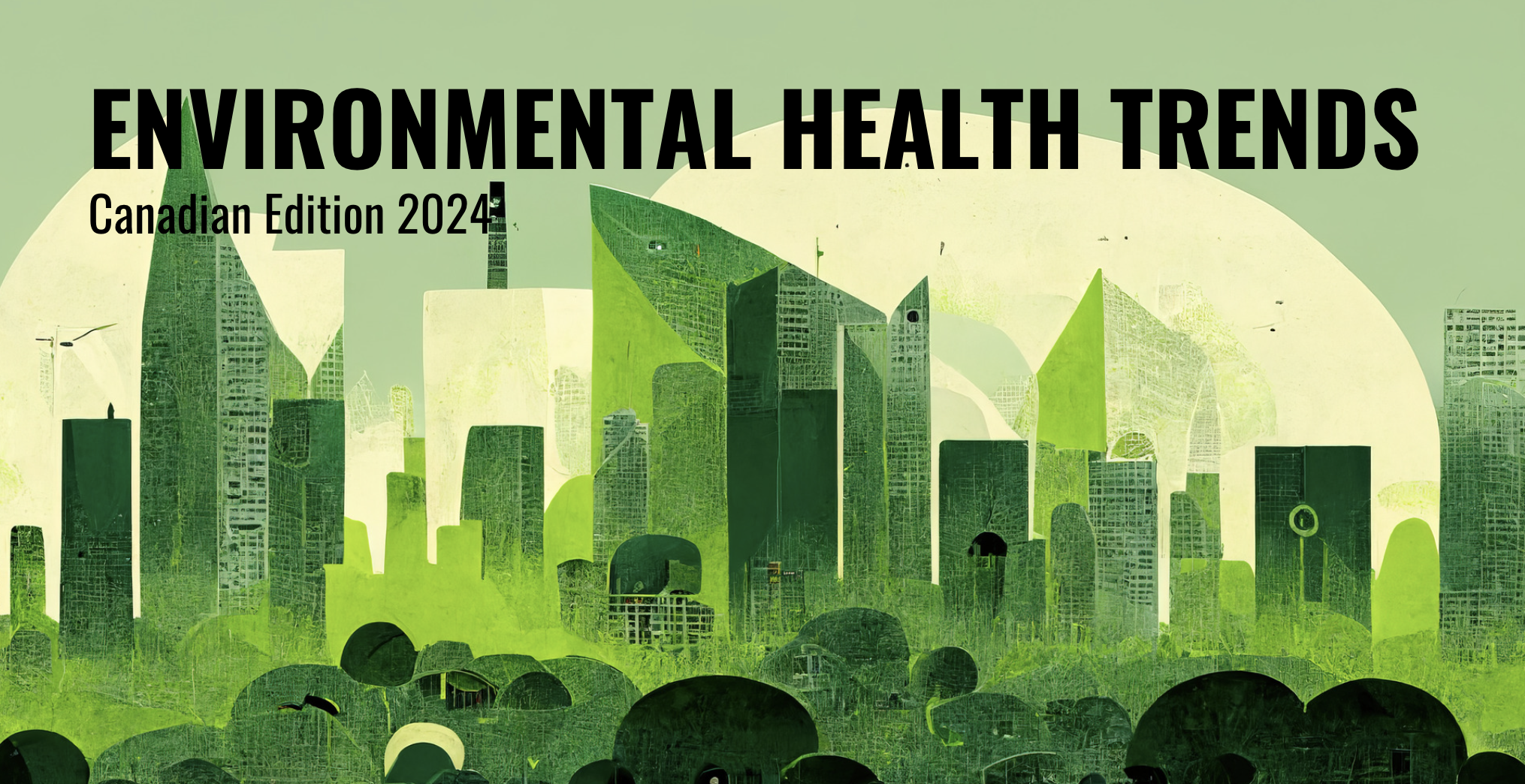Canada’s commitment to fostering a healthier and more sustainable environment for its citizens continues in 2024. As we navigate what will likely be another volatile year for our climate, these four trends should be top of mind with every environmental health agency.
Trend 1: Extreme Weather Impacts US ALL
Rising global temperatures and poor air quality from wildfires will unfortunately remain a concern this year. After a difficult 2023 for many provinces with unexpected and prolonged wildfires, government agencies and communities will implement more proactive solutions including stricter emission controls, promoting the use of electric vehicles, and agency-centric technology that uses data analytics to monitor business operators and helps minimize the impact of wildfires on the respiratory health of citizens.
Agencies will also provide more staffing and tools for monitoring rising sea levels. According to NCCEH, Canada has 226,000 kilometers of coastline with up to 600,000 people currently exposed to rising seas across our three coastlines. Indigenous communities are particularly vulnerable to climate hazards associated with sea level rise and more efforts will be taken to minimize impact of at risk communities. Data-driven insights coupled with new technologies can arm more groups with the tools they need to secure funding and reduce some of the risk to coastline communities.
Trend 2: Circular Economy Expands to New Communities
According to the Circular Economy Foundation, 70% percent of global emissions are tied to material use and handling. Environmental health agencies have a critical role to play in the circular economy, as they are on the front lines of inspections of business operators that need to improve supply chain operations. For example, ensuring that companies are properly managing raw and hazardous materials is synergistic with the goals of a circular economy.

(Image Credit: Farm.one)
Trend 3: Shaping Actions through Better Communication
An often overlooked aspect of environmental health is an agency's ability to communicate well with citizens and business operators. Public awareness is crucial for environmental health success but it is challenging to educate one citizen at a time, which has been the traditional approach. Using technology like online website portals and broadcast email tools in addition to social media, can be used to reach more citizens en masse and save EH teams valuable time. A public health inspector we interviewed recently summarized it well:

Trend 4: Technology Assists in Environmental Justice
The importance of environmental justice is gaining prominence in the discourse on environmental health. Marginalized communities often bear the brunt of environmental degradation and pollution. Further efforts will be made to address these inequities by involving communities in decision-making processes, ensuring fair distribution of environmental benefits, and holding polluters accountable via work done by agencies and political leadership. Using technology to create data-driven analysis can shift policymaker opinions at a macro level while agencies “working in the trenches” help ensure an equitable distribution of environmental benefit to their communities.
To sum up, 2024 will be another eventful year for environmental health agencies that safeguard our communities. Through a combination of data, technology, policy, collaboration, and citizen education at scale, we’ll be able to create a more sustainable future for all Canadians.
What other major trends within environmental health will we see in 2024? Please leave a comment below or connect with me on LinkedIn to continue the dialogue and have a wonderful year.





